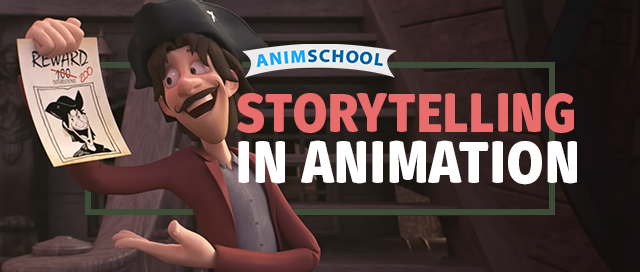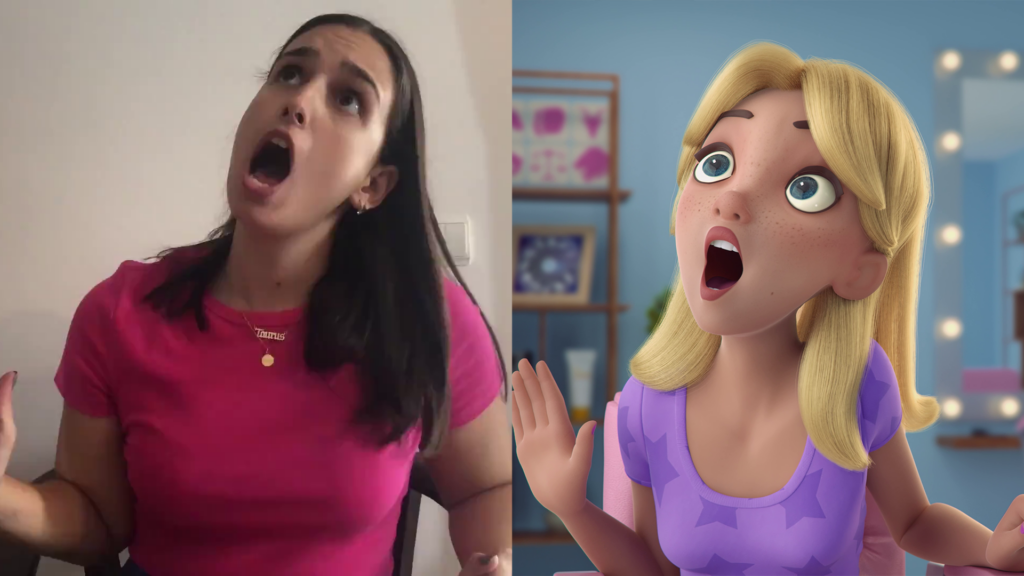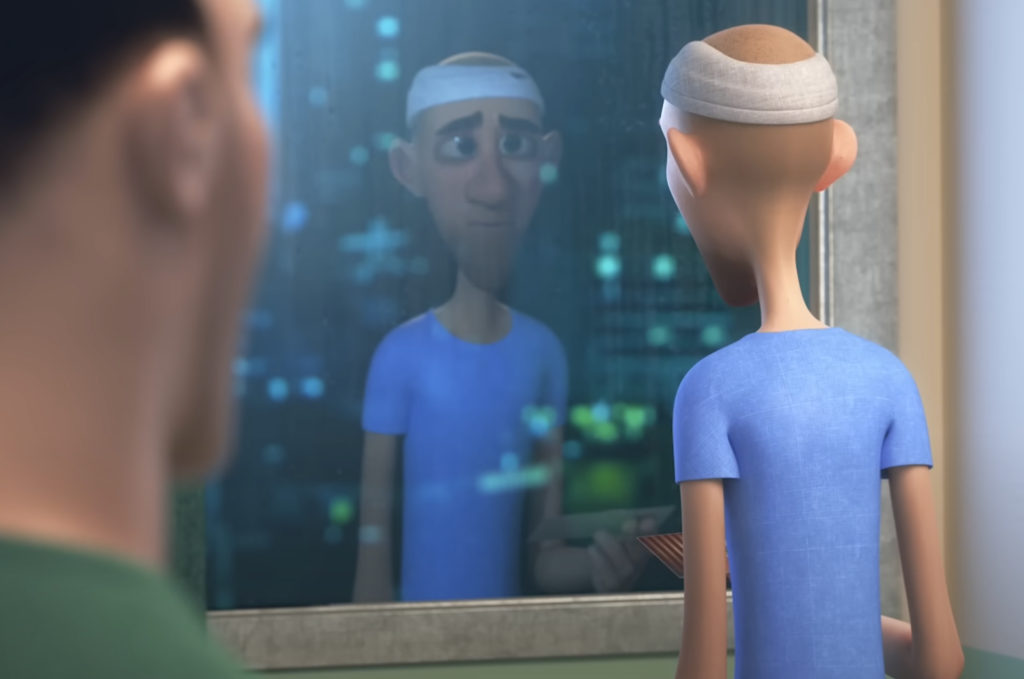
What is the role of an animator? Is it to have the best spline pass? Is it to have a masterful lip sync? At its heart, the role of an animator is to be a storyteller. As animators, we have to bring characters to life – but it’s our choices, how a character jumps, how a character sits, even how a character breathes – that tell the story underneath.
From a walk cycle to a dramatic all-out fight, every decision made by an animator can tell a different story. Similar to a painting, posing in animation is an integral part of storytelling, every frame gets sculpted, every pose is thought out and together the sequence can become a masterpiece.
In a snippet from a live AnimSchool class, Brendan Fagan takes viewers through the main role of an animator as a storyteller by explaining how the fundamentals of storytelling can be combined with the principles of animation to produce unparalleled animators.
The Role of an Animator
- To help tell the story
- To entertain the audience
- To bring characters to life
- Use acting skills to communicate ideas
- Creating a variety of animation styles
- To make adjustments according to feedback of directors or supervisors
- Work to a deadline

Animators are actors! Understanding how to create appealing and entertaining poses to help communicate the story to the audience is a crucial part of an animator’s job.
(Animation by AnimSchool graduate Catarina Rodrigues)
Telling the Story
- You are writing a story with pictures; goal is to entertain the audience
- A picture is worth a thousand words – an idea can be conveyed with a single image/single pose
- Any good story has a beginning, middle and end – your animation should, too!
- Know where your scene fits within the wider story; know where your character is coming from and going to so you can apply the overarching theme to your process
- Each animator, if given a story, can come up with a different visual representation to best convey it
- Avoid cliche ideas – make things unexpected!
- Keep it simple!

What is the main character feeling here? What might the story be? What hints from his body language, facial expressions, etc., help to convey that?
(Animation by AnimSchool graduate Piotr Jalowiecki)
Storytelling Factors
Stories generally have a three-act structure: setup, conflict/obstacle, and resolution. Even in short scenes, the three acts are still present, but may not be as noticeable or traditional with how they appear.

Reflect on some questions about the story you are trying to tell:
- What is the situation?
- Who is the character?
- What is the character trying to accomplish?
- What is the outcome?

(Animation by AnimSchool graduate Marcus de Andrade)
Considering this information and familiarizing yourself with the overarching story can help you become a better visual storyteller through your animation.
Watch the full snippet from an AnimSchool class lecture here:
At AnimSchool, we teach students who want to make 3D characters move and act. Our instructors are professionals at film and game animation studios like Dreamworks, Pixar, Sony Pictures, Blizzard & Disney. Get LIVE feedback on your Animation from the pros.
Learn more at https://animschool.edu/





